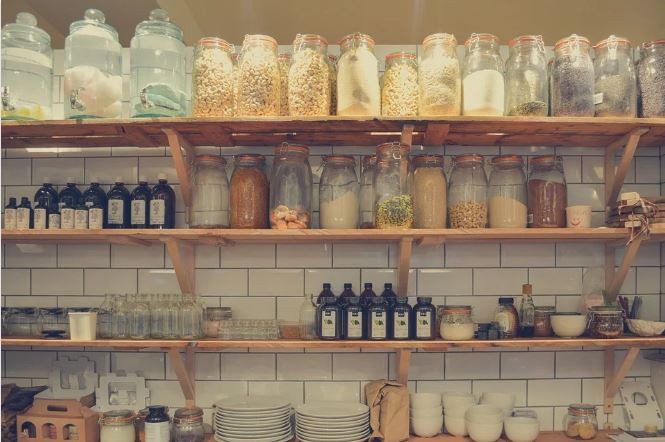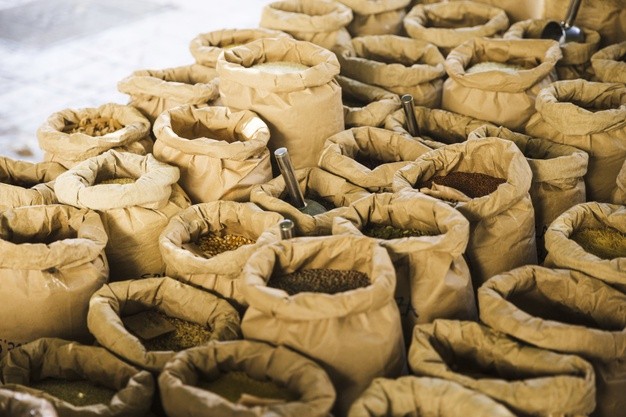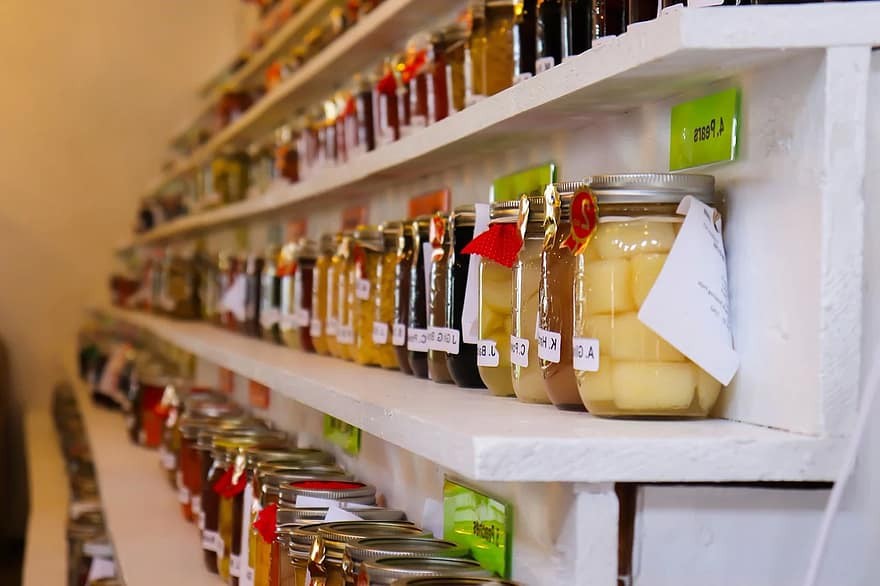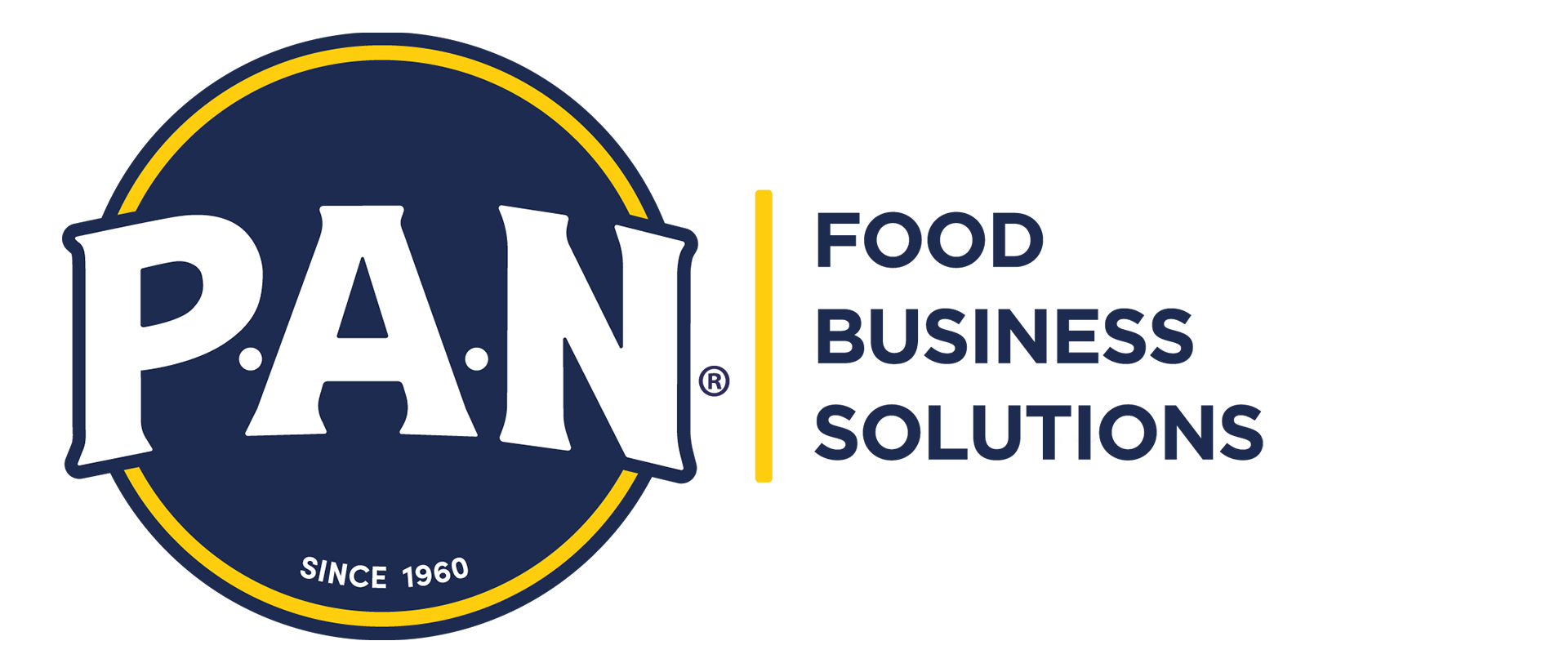The success of the business of every restaurateur is linked to the efficient management of the warehouse. In this sense, it is important that the food establishment has an adequate administration that contemplates planning, structuring, organizing and inventorying everything with the aim of minimizing and avoiding losses; in addition to optimizing resources.
Storeroom control guarantees the storage of the goods required to provide the best service to customers.
The term “storeroom” refers to the place where non-perishable foods such as flour, pasta, canned goods and salt are kept. It is useful to buy them in large quantities, taking into account that they are preserved for a longer time which is more practical, and in addition, you can get better prices when buying in bulk.
The following recommendations will help you to carry out both the planning and the implementation of the activities that will allow you to have a storeroom that responds to the interests of your business.

- According to your needs: In order to control the stock in your restaurant’s warehouse, it is important to specify what you need. In this sense, the definition of the dishes to offer is a key factor, because once you know what are the meals to prepare and determine what is your maximum production capacity per hour, you can make purchases in proportion to what you need.

- Shortages and excess supplies: The key is to maintain optimal inventory levels without falling into excess or lack of merchandise, which will allow you to make better use of the space destined for the storeroom. Avoiding excess allows you to invest in other priorities and reduce waste. In contrast, missing inventory can negatively affect the quality of the dishes or it won’t let you to prepare them which could affect customer expectations.

- Storage organization: Establish where each product and utensil should be kept, in order to have an appropriate distribution in the storeroom. For this reason, we recommend to store them by production date. For example, if your menu includes dishes made with P.A.N., place the packages with a recent production date at the bottom and those with an older date at the top to use first. At the same time, avoid keeping the product in high humidity levels and dark environments. Try to store them in their original packaging to protect them from rodents, insects and other contaminants and also to guarantee the shelf life declared on the packaging.

- Delegation of responsibility: It is imperative that one or two members of your work team are in charge of keeping inventory control: receive orders and make reports on the materials and ingredients purchased, as well as keeping control of the existence of products and where were stored. Expensive materials and ingredients are often locked up and handled only by authorized personnel. Some restaurateurs even install surveillance and security camera system.

- Establish inventory control: It allows determining the policies under which the storeroom management will be governed, the periodicity of carrying out physical inventories, minimizing thefts and losses. It also helps to avoid clutter in storage areas that cause misplacement of goods, at the same time it is important to delegate functions and responsibilities.
- Classify the merchandise in order of importance: Identify the products based on the relevance and value they provide to your store in order to provide the service to your customers. In this way you will be able to establish policies to take care of them and control them more efficiently.
Planning and organizing your restaurant’s warehouse is important for a successful business. In this sense, the profits obtained from the business activity will be indicative of the convenience of moving forward with your investment project, for this reason the implementation of policies and control mechanisms are vital for the proper functioning of your establishment and obtain the desired results.
